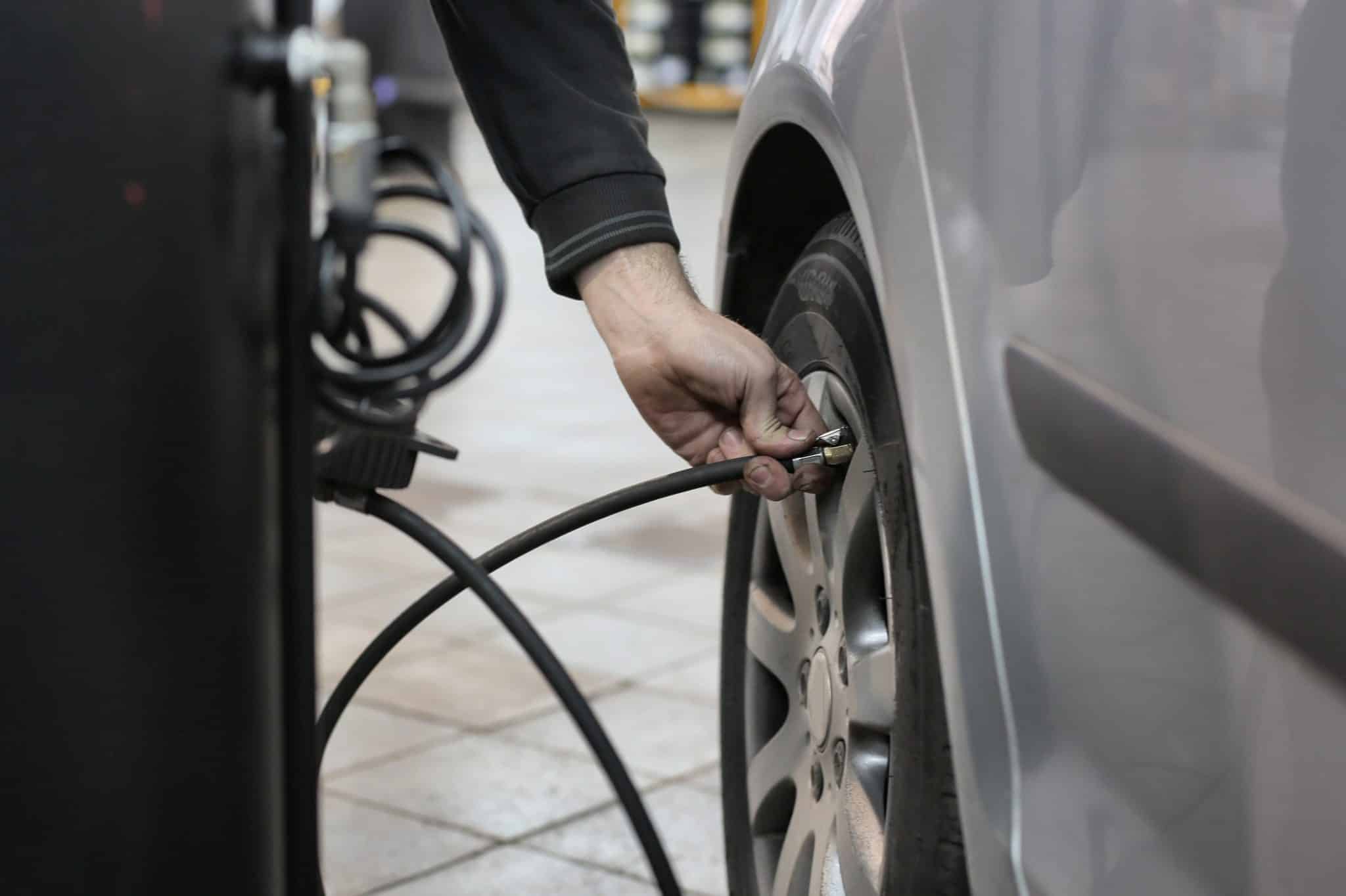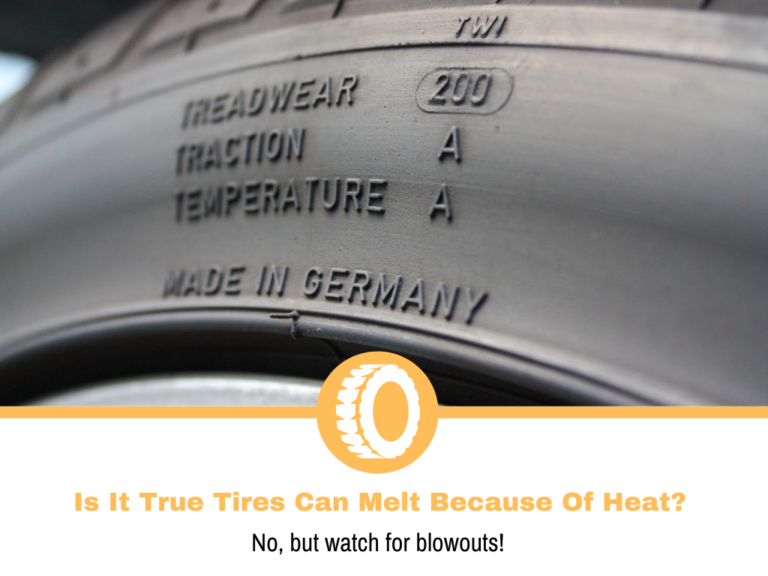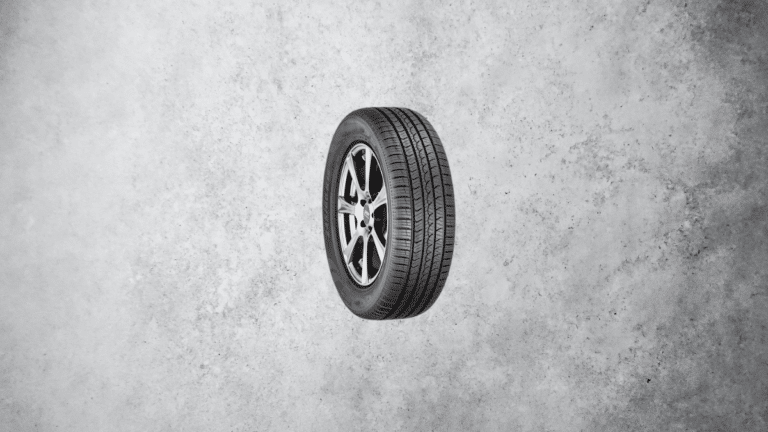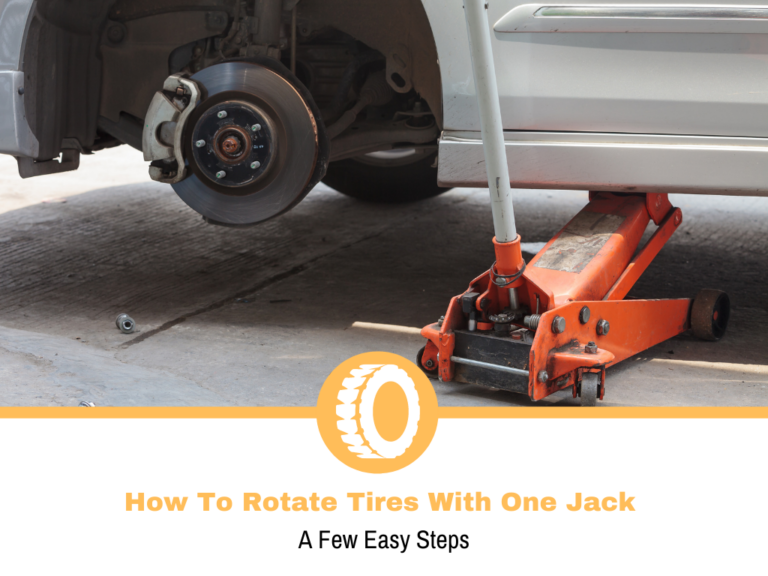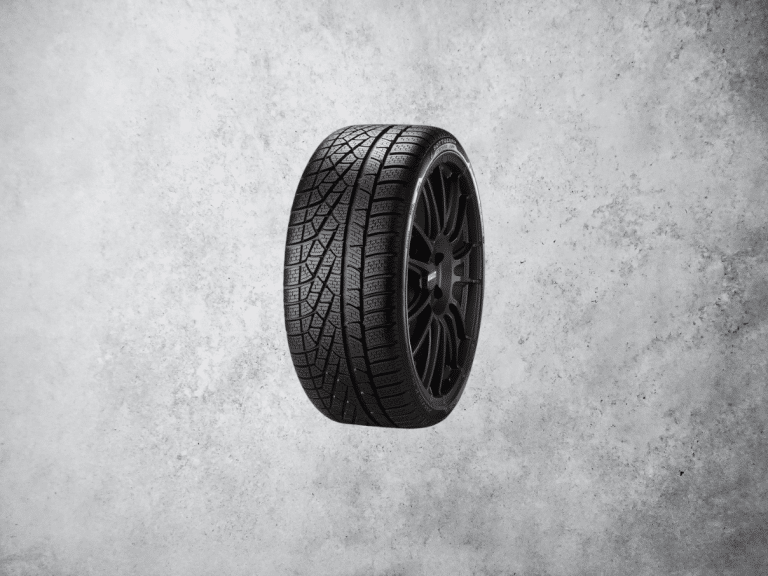What Are Tire Valve Stems and How Do They Work?
Considering that this is a tire site, the main subject we cover often is the tires. Sure, we mention the wheels from time to time, and that’s about it. With this in mind, what about the other components that very few people pay attention to?
In many situations, the star of the show is the tires, and with good reason. They give us the performance and safety we need in our daily driving routines, but they need a few more things to make that happen. The most common part we see is the wheels, because without them, you won’t have where to mount the tires.
Pressure is essential because without it, the tire won’t hold the weight and you won’t get the promised performance. This is where a little thing called valve stem comes into play, which is what I’ll be talking about in today’s guide.
I’ll explain what it is, how it works, and what makes it so special.
What are tire valve stems?
Tires valve stems or just valve stems are the small tubes you see sticking out of a wheel. This is the part that enables you to inflate the tire to the recommended pressure. It’s also designed to let the air go in the tire, but not come out, meaning that it acts as a one-way lane for the air.
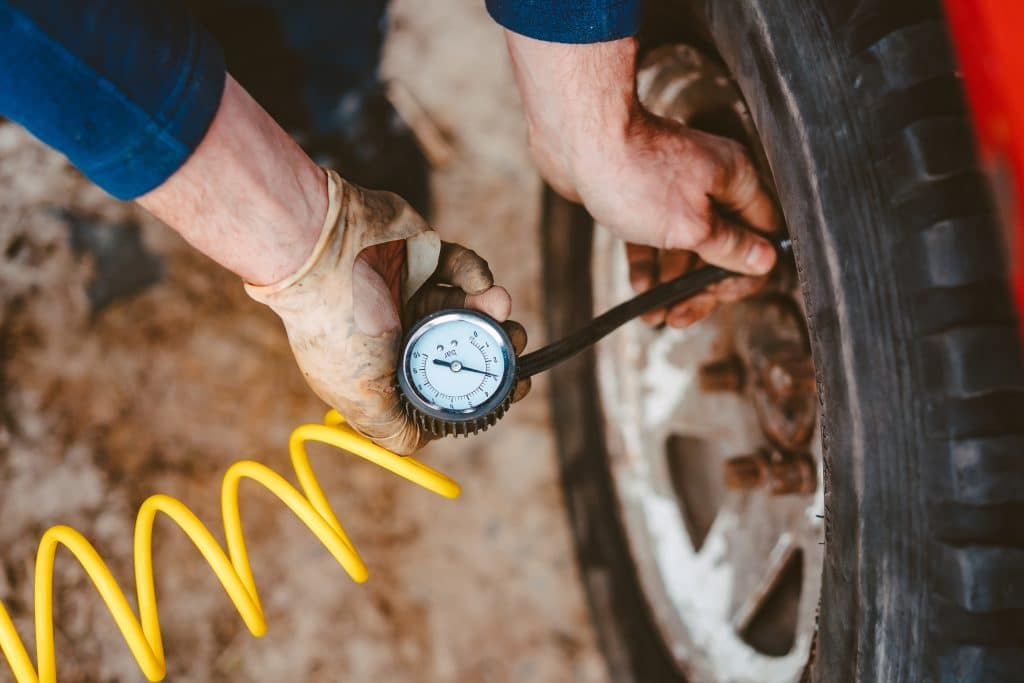
An important thing to note here is that the one-way trip can be in reverse. In most situations, you’ll be using the valve stems to inflate your tires. With that said, as part of the design, there is a part that will enable you to deflate them if the pressures are higher than needed.
The idea behind the valve stems is to keep the air in the tire, but still enable you to inflate or deflate your tires based on your needs. This can be achieved only when a special connector is attached to the valve stem.
What are the Components of the valve stems?
Most valve stems have 3 components – body, core, and cap, so let’s look at each one and explain what it does.
The body of the valve stem is the visible part, mostly. It’s the component that holds the core, the second component which will get to in a second and gets attached to the wheel. The outer part is made from rubber and serves two purposes. One of those is to create a seal on the valve stem hole of the wheel and keep the air from leaking out. The second purpose is to keep the core protected. It achieves that thanks to the metal construction on the inside where the core is located.
Speaking of cores, this is the second component that I’ll be talking about. Similar to the body, the core is also responsible for keeping the air inside the tire, and it’s the part that enables you to inflate or deflate the tire. It’s made of a pin and a spring that sits in the core chamber. As long as the spring isn’t compressed, the pin will block any air from passing through the core and the inside of the body. If you push the pin, even with your fingernail, the air will come out.
This is how the system works. When you fit a gauge or a compressor to the valve stem, you compress the pin and the air can move in either direction, depending on how you need it to. Once you remove it, if the valve stem isn’t damaged, it will prevent the air from leaking out of the tire.
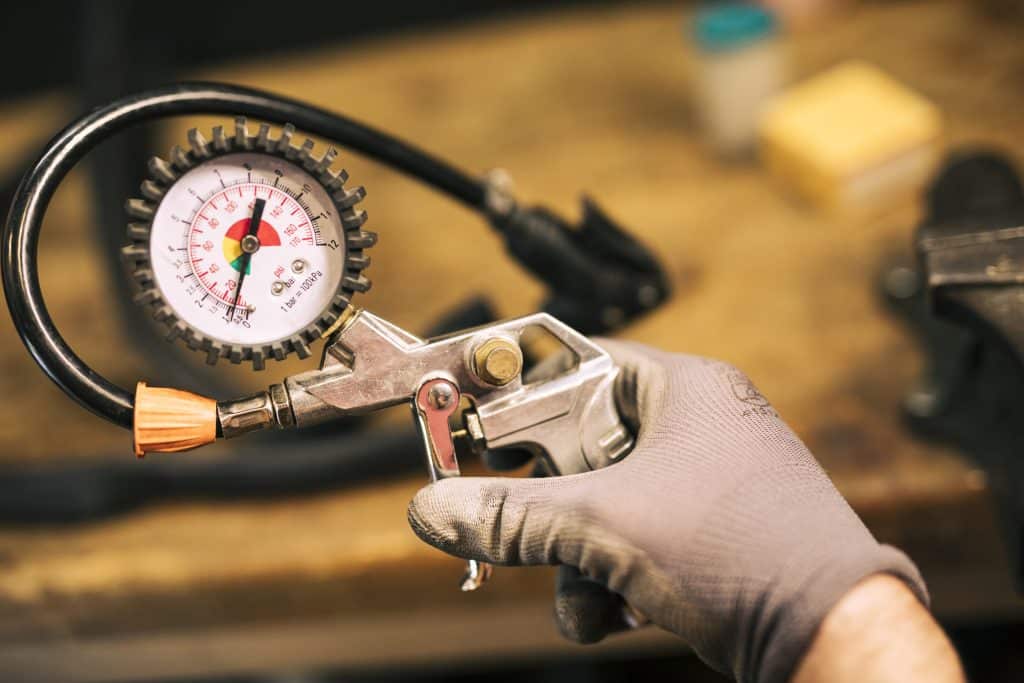
Finally, we have the valve caps. These are the small plastic caps that go on the valve stem, and they serve only one purpose, to protect the core. Sure, they’re plastic in most cases, so they won’t do wonders, but the idea of this component is to prevent dirt or moisture from getting into the core. There are cases where you may lose a cap or someone steal it, which isn’t the biggest problem in the world, at least for a while. If that happens, it’s essential to replace it as soon as you notice it.
Even though it’s not directly a part of a valve stem, there are situations where it’s necessary. A valve extension is a separate part you fit to the valve stems in situations where you use wheel covers. This is to ensure that the valve is visible enough so that you can use it. In most cases, they are nylon or metal and come in various lengths depending on the use case and how long you need them to be. This is to ensure that you can use them, but they don’t stick out too much, which can lead to damage in some cases.
Types of Valve Stems
You may think that there is one type of valve stem for all applications, but that’s not the case. There are 3 types, each one used in different situations, so it’s important to know which one you need for your application.
Snap-In Tubeless Valves
This is the most common type of valve you’ll find and one that you probably have on your car at the moment. Most of these are rubber valves, but you can also find chrome-sleeved ones. These tubeless snap-in valves hold pressures of up to 65 psi, meaning that they cover passenger cars, SUVs, and many light trucks.
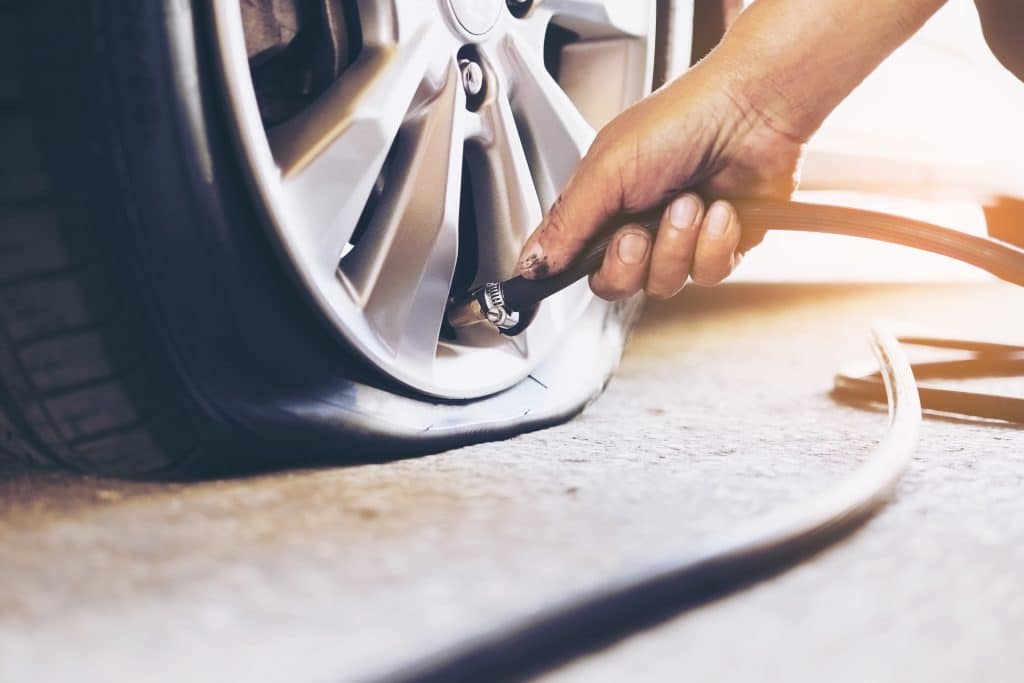
The difference between the rubber and the chrome-sleeved ones is mainly in the looks. Both can handle the same pressures, so you’d be getting the chromed ones if you want an esthetically pleasing valve on your wheels. Apart from that, everything else all the way down to the core works the same.
To achieve multiple application coverage, these come in various stem sizes from 0.7 inches up to 2.5. As for wheel holes, you’re looking at two options – 0.453 and 0.625 inches.
Snap-In Tubeless High-Pressure Valves
The fundamental difference between these valves and the previous ones is the “high-pressure” part. The internal design and construction are more or less the same, but unlike the previous ones, the high-pressure snap-in valves can handle pressures over 65 psi. This means that the application covers medium and heavy-duty trucks or some trailers.
Similar to the previous valves, you have two sizes to choose from, at least in terms of the wheel holes – 0.453 and 0.625 inches, but there is a slight twist. The smaller valves are rated to hold up to 80 psi of pressure, while the bigger ones can go up 100.
In terms of length, there is some flexibility, depending on the use case. For the most part, you’re looking at sizes between 1.25 and 2 inches. The most important thing to note here is that the high-pressure snap-in valves are made for steel wheels.
High-Pressure Metal Clamp-In Valve
Another type of high-pressure valve is the metal clamp-in one. Unlike the previous two types, these rely on a rubber grommet that acts as a seal. As you tighten the nut, the rubber squishes against the wheel, which creates the seal and keeps the air from leaking out.
There are two types of high-pressure metal valves depending on the position of the holding nut. The standard ones have the nut on the outside, but some have the nut on the inner side. Both work the same and the difference is in the aesthetic. Some people don’t want to have the nut on the inside, which is why the second type exists.

Similar to before, these high-pressure valves handle higher pressures than the “regular” ones. For the most part, you will take them up to 200 psi with no serious problems. This is why these kinds of valves are commonly used in racing or sports cars designed for higher speeds. On top of that, there are multiple styles, meaning that you can get a straight or a bent, depending on the wheel or the application.
As far as shape and size are concerned, you’ll find the industry standard 0.453 and 0.625 inches for the wheel holes. Besides that, in some applications, you may find the rarer 0.236 and 0.315-inch valves.
TPMS and Valve Stems
I haven’t forgotten about TPMS and, to be honest, there isn’t too much to talk about this. Considering that a TPMS isn’t something you can just stick to the inside of the wheel and call it a day, you’ll need to be mindful of what you get. In other words, there are special TPMS-compatible valves.
They can be a clamp-in or a snap-in, meaning that even though they offer the same principle, you’ll need to make sure that they are compatible to be used with TPMS.
How Often Should You Replace the Valves?
The question is as old as the tires and there are tons of answers on the internet. Some will say you’ll be worry-free for a decade, while others say to replace them every season. That’s a very wide range, so which one is it?
First, let’s talk about why you should replace the valves. Regardless of which type we’re talking about, there is a rubber part. We all know that rubber isn’t the longest-lasting material, but it’s the one that offers excellent sealing properties. After prolonged exposure to the elements, the rubber dries up and cracks, similar to tires. A cracked rubber isn’t flexible and won’t provide the seal you need, so the air will leak.
As for the replacement interval, a rule of thumb is to replace them each time you replace your tires. This is because, to change the valves, the tire shop will need to remove the tire from the wheel. Even if you do the summer and winter combo, you’ll still need to replace your tires after a few years because age degrades performance. At a few dollars per valve, it’s not the most expensive thing in the world.
If you’re not sure, or you don’t know if the valves are good, you can always consult the tire shop, and the technician will tell you if they should be replaced.
Conclusion
There are many things that people don’t pay too much attention to when it comes to cars, and it seems that the valve stems are a part of that. They play a very important role and ignoring them can lead to some problems. In most cases, they aren’t dangerous but can leave you stranded on the side of the road. This is why it’s important to know that they do and hopefully, this guide helped you learn something new.
